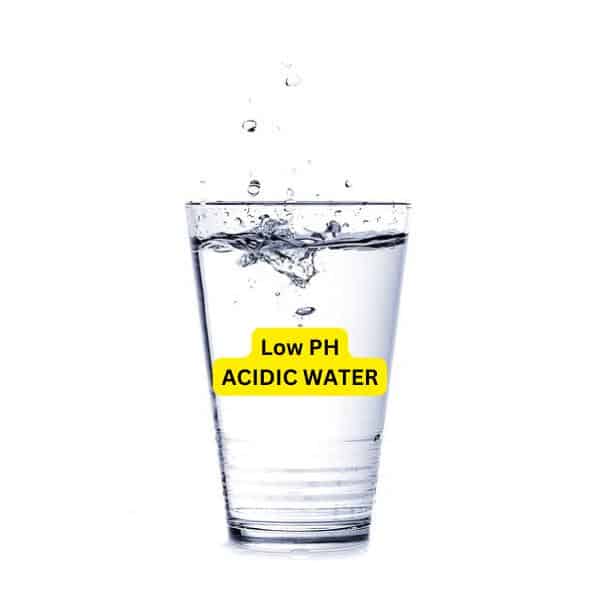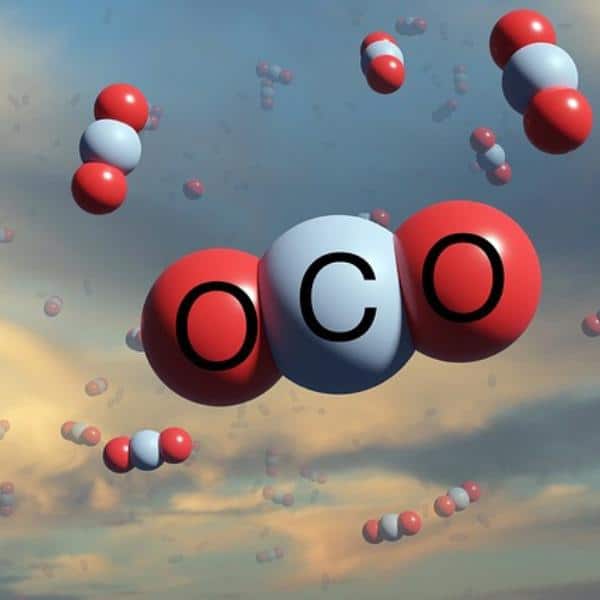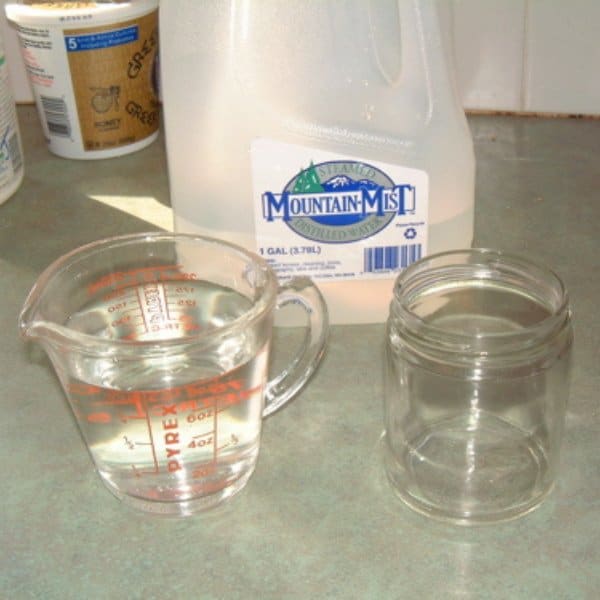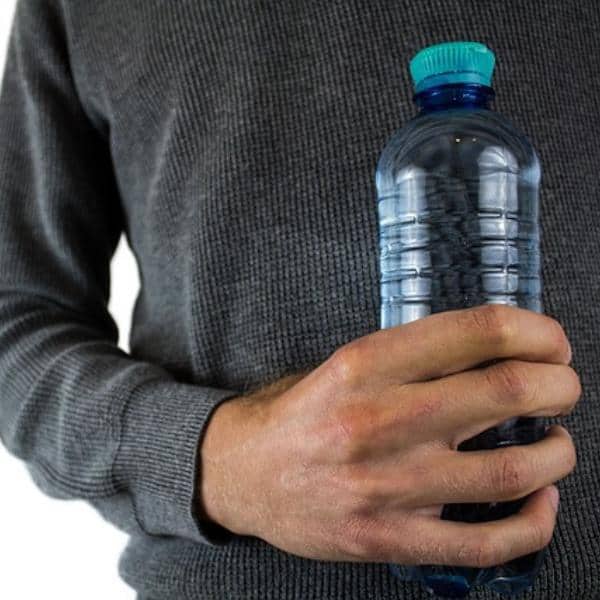Five Disadvantages of a Water Distiller
Water distillers are machines that purify tap water by boiling water and then collecting the steam as it condenses into liquid form. While they perform an important function in ensuring that our drinking water is safe, there are several disadvantages to using a water distiller.
Produces “flat” and acidic water
One of the main disadvantages of using a water distiller is that it produces flats. When water goes through the distillation process, all minerals and nutrients are removed along with the contaminants. This results in purified water that lacks any taste or health benefits. As a result, many people find distilled water to be more appealing and appealing.
Additionally, because all minerals have been stripped away from the water during distillation, it is more acidic than tap or spring water.

Slow production rate
If we compare distiller vs water filter, the former has a slower production rate than the latter. It can take several hours to produce even small amounts of purified water.
This slow production rate is the distillation process itself. To purify water, the distiller must heat it until it reaches boiling point and then collect the steam as it rises. The steam is then cooled and condensed back into liquid form, leaving behind any impurities or contaminants in the source water.
While this process effectively removes impurities from water, it takes time. Depending on the size of your distiller and how much water you need to purify, it could take 2-12 hours to produce enough purified water for daily use.
The heating element consumes a significant amount of energy
A water distiller also consumes a significant amount of energy. The continuous positive airway pressure in a water distiller is responsible for converting the contaminated water into steam, which is then condensed back into pure water. This boiling water process requires a lot of energy and can be quite expensive.
The amount of energy consumed by a water distiller depends on several factors, such as the size and type of the unit, the amount of contaminated water being distilled, and how often it’s used. In general, larger units consume more energy than smaller ones since they require more power to heat larger volumes of liquid. Additionally, some models may have higher wattage heaters or use more electricity during operation.
Energy often comes from non-renewable fossil fuels
Most water distillers run on electricity, predominantly generated using non-renewable fossil fuels like coal and natural gas. Burning these fuels releases greenhouse gases into the atmosphere, contributing significantly to global warming and climate change. As such, those who rely on water distillers may inadvertently contribute to environmental degradation by consuming large amounts of energy generated from non-renewable sources.
Burning fossil fuels produces carbon dioxide, which contributes to global warming
Carbon dioxide is one of several greenhouse gases that trap heat in the Earth’s atmosphere and contribute to climate change. Burning fossil fuels like coal, oil, and gas releases large amounts of carbon dioxide, contributing to this effect. While the amount of carbon dioxide produced by a single household using a water distiller may seem small compared to industrial emissions, every little bit contributes to global warming.

What Are the Contaminants That a Water Distiller Can Remove?
Water distillers can remove a wide range of contaminants from your drinking water. Some harmful substances include bacteria, viruses, heavy metals such as lead or mercury, pesticides, chemicals like chlorine or fluoride added to municipal water supplies, and even radioactive particles. By removing these unwanted elements from your drinking water supply with a high-quality water distiller machine, you can ensure that your family is consuming the safest possible H2O. Here is a list of the best water distillers that you can go through.
However, water distillers may not remove all harmful contaminants, such as volatile organic compounds (VOCs) or pesticides, from your water.
Are Water Distillers Worth It?
Distilling water at home is an economical option than purchasing bottled water. So investing in water distillers to drink distilled water is wise. It is also a good option for those who want to ensure that their drinking water is safe and free from harmful chemicals. Water distillers can remove contaminants such as bacteria, viruses, chemicals, heavy metals, and other substances that can harm human health.
However, before investing in a water distiller, it’s important to consider certain factors, such as energy costs and using non-renewable fossil fuels. Water distillers run on electricity generated using non-renewable fossil fuels like coal and natural gas. As a result, burning these fuels contributes significantly to global warming.
Is Distilled Water 100% Pure Water?
While distilled water may come close to being 100% pure, it is not entirely so. During the distillation process, some impurities can remain in the final product. For example, certain volatile organic compounds (VOCs) can evaporate along with the steam and become trapped in the condensed water droplets. Additionally, chemicals used during the cleaning or maintenance of distillation equipment can also affect the purity of distilled water.
Despite these minor impurities that may be present in distilled water, it remains one of the cleanest forms of potable drinking water available today.

What is the Difference Between a Water Filter and a Water Distiller?
While both options aim to provide clean and safe drinking water, they do so in different ways. Understanding the differences between these two methods can help you decide which one is right for your needs.
A water filter removes harmful dissolved solids from the water as it passes through a physical barrier or chemical process. These impurities can include bacteria, viruses, chemicals, and minerals that affect the taste and quality of your drinking water. Some filters use activated carbon to remove contaminants, while others rely on reverse osmosis or ultraviolet light technology.
On the other hand, a water distiller purifies water by boiling it and then collecting the resulting steam in a separate container. This steam is then cooled and recondensed back into purified drinking water. However, unlike a water filter, a water distiller also removes essential nutrients from the drinking water.
Conclusion
Water distillers can provide clean, pure water but have their disadvantages. They produce flat and acidic water, have a slow production rate, and consume energy, much of which is derived from non-renewable fossil fuels. Consumers should consider these factors before investing in a water distiller to decide if the benefits outweigh the drawbacks. Ultimately, it’s up to you to determine if a water distiller is right for you and your family’s needs.

